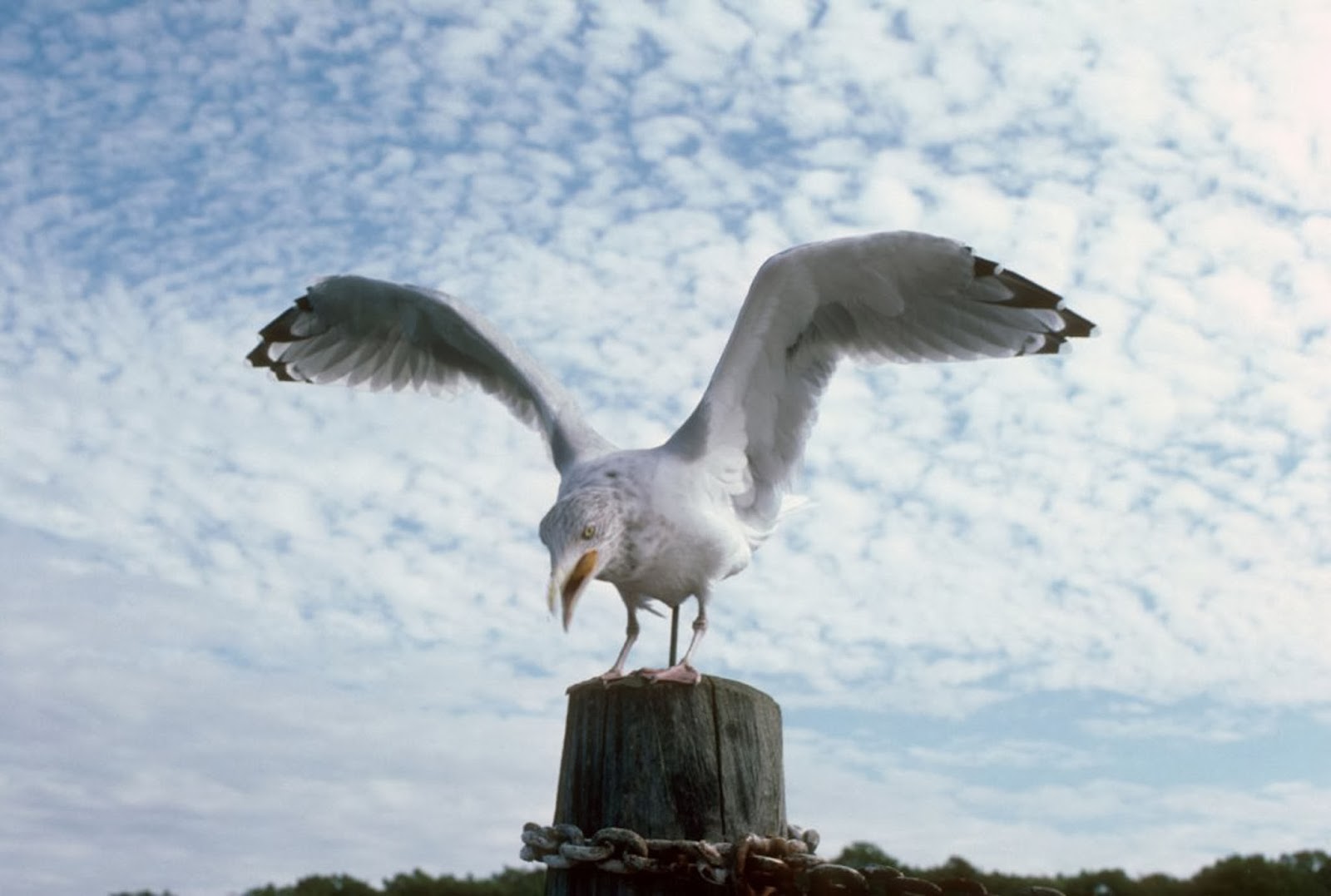There
is no other sound quite as stirring as that of a steam-calliope, and even then
no such instrument is guaranteed to send shivers up one’s spine quite like that
of one on a Mississippi paddle-wheel steamer belting out the strains of “Dixie” and “Turkey in the Straw”. Recently - and not for the first time - I
enjoyed that experience as I stood at the bottom of a New Orleans gang plank
waiting to board the Steamboat Natchez
for a cruise on the Mississippi River; the Mighty
Mississippi!
Everything about the “Big Muddy” is
larger than life including the history and geography embraced by every one of
its three-thousand-eight-hundred-and-sixty meandering miles from Canada to the
Gulf of Mexico. Touching 10 states while draining the world’s 4th
largest watershed (31 states and 2 Canadian Provinces), it is flowing at the
rate of 600,000 cubic feet per second by the time it reaches New Orleans where
it is over a mile wide and moving at a speed of 3.0 miles per hour.
Beginning with the 1820s, travel on
the Mississippi became synonymous with the evolution of steam power, with
hundreds of side-wheelers and stern-wheelers vying for cargoes of grain, coal,
cotton and passengers. These relatively-shallow-draft riverboats were
well-suited to the challenge of navigating the constantly shifting mud flats
and changing course of the river itself, and the “pilots” who handled the wheel
were a breed apart. Mark Twain (Samuel Clemens) spent two years meticulously
studying 2000 miles of the fickle Mississippi before qualifying as a river
pilot, an experience which inspired his pen name and set the course of both his
love for river boats and his writing career; “Cub Pilot”, a memoir of those years became his first publication.
Connecting the lands of the
Louisiana Purchase with the sea and the world beyond made the port of New
Orleans one of the world’s busiest and most important. The waterway itself was
a target of the British in the War of 1812, and it was the loss of its control
by the Confederacy that made an ultimate Northern victory a near certainty in
the Civil War.
As we made our way upriver on the
steamship Natchez – actually the 9th
riverboat to inherit that proud name – I wandered from a preferred seat in the
very bow, through the grand salon where a 6-piece “Dixieland” Jazz band was
playing and out to the stern where I could look down at the churning 26-ton
paddlewheel with its 25 square feet of white oak and steel. Under my feet the
steady beat of the massive reciprocating
steam engine which drove us gave no more than a hint at the 1600 horsepower
being generated the real, old-fashion way. The boiler room itself is home to
twin boilers, named “Thelma” and “Louise” which have been serving since 1925.
Altogether it is hard to believe that weighing in at 1384 gross tons with a
passenger capacity of 1200 we draw a draft of only six feet.
In the beginning of river travel, it
was those boilers and the yet-to-be-perfected system of steel plates and
riveted seams that brought about all-too-frequent disasters on the Mississippi.
During a 40-year period in the mid-1800s, 4,000 people lost their lives as more
than 500 vessels went to the bottom following explosions. Mark Twain himself
witnessed one of these onboard the “Pennsylvania”
in 1858, as a sad consequence of which his brother, Henry Clemens died of his
burns. Of this Twain wrote, “The star of my hope went out”.
Most notable of all of these firey disasters was
the loss of the steamboat “Sultana”
which exploded and sank on April 27th, 1865 with a loss of 1800 lives
– the greatest maritime disaster in American history – most of them Union Army
soldiers recently released from Confederate prisons such as the infamous
Andersonville. As the St. Louis-bound boat made a stop for boiler repairs at
Vicksburg, more than 2000 swarmed their way onboard a vessel with a legal
capacity of only 376. Ironically, this event didn’t get much media coverage
inasmuch as all America was consumed with the news of the death of President
Lincoln’s assassin, John Wilkes Booth the night before.
For years, survivors of this tragedy
met together annually with a promise to “never forget”. The last of these,
Samuel H. Raudebaugh, Company K, 65th Ohio Infantry Regiment died in
December, 1931 at the age of 89, having previously survived the battle of
Franklin and the prison camp at Andersonville.
The
Paddlewheel Steamer “Natchez” is one of several present-day reminders of an
80-year history of steam power on the Mighty Mississippi.







